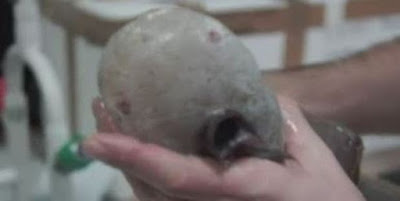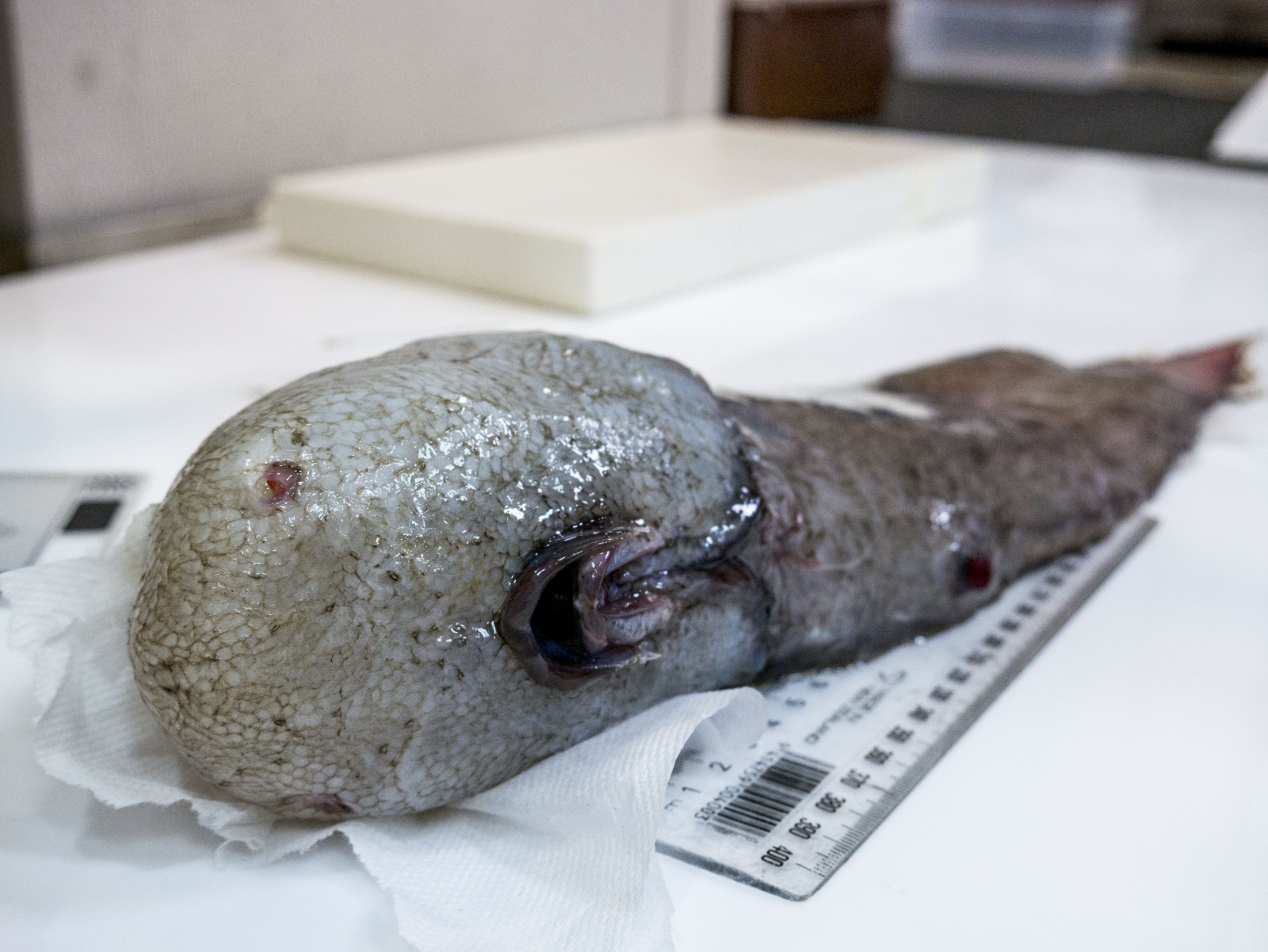


We’re in the middle of nowhere and still, the sea floor has 200 years of rubbish on it.” “We’ve seen PVC pipes and we’ve trawled up cans of paint. O’Hara said: “There’s a lot of debris, even from the old steamship days when coal was tossed overboard.” We think a lot of them are going to be new … and we’re not even scratching the surface of what we know about our abyssal plain fishes.” Exploring the sea floorĪnother “amazing” find for the team was the sheer quantity of rubbish on the sea floor, some of which is more than 200 years old. “We’re collecting things we don’t know from Australian waters. Remarking on the finding, OHara said it is extremely dark at such great depths, so most creatures living there do not need eyes. “On the video camera, we saw a kind of chimaera that whizzed by – that’s very, very rare in Australian waters,” she said. Though not new to science the faceless fish is rare. The last time this creature was spotted by researchers was back in 1873, when a British ship off the coast of Papua New Guinea dredged one up, surprising its finders.ĭianna Bray, Museum Victoria’s senior collections manager of vertebrate zoology, said the find was the highlight of the CSIRO expedition. O’Hara went on to describe the animal as looking “like two rear ends on a fish”.Īustralian scientists are uncovering all sorts of weird creatures in a deep sea abyss, including a "faceless fish" /WPigAZ3gAg To the casual observer, the fish would appear to have no mouth – or any facial features for that matter – but Dr Tim O’Hara and his team explained that the creature’s mouth is found on the bottom. One such creature is a faceless deep-sea fish that has been rediscovered off the coast of Australia, 144 years after it was last spotted.Īccording to ABC News, the bizarre-looking fish was found by researchers from the Australian Commonwealth Scientific and Industrial Research Organisation (CSIRO) about 4km off the coast of Sydney. Bird told Sputnik.Marine creatures can be some of the most bizarre on our planet – a rediscovered species of fish without a face is the latest example.Įvery so often, an extremely rare species of creature will be discovered (seemingly only once) and never seen again by science.Ĭommonly referred to as a Lazarus taxon, these creatures have typically been discovered either by their remains or a brief glimpse in the wild, but tend to disappear for long stretches of time, suggesting their extinction. Recently a piece of orange peel was found inside a fish thousands of meters down," Mr. "We are realizing how much debris, especially plastic, has found its way into the ocean. The team on The Investigator also discovered large amounts of garbage on the ocean floor. He said the pressure at that sort of depth would be immense and it was not clear if the fish had a swim bladder to control its buoyancy. It seems that they feed on shrimps and crabs on the sea floor and have evolved well-developed nostrils because smell is clearly important in their hunting strategy," he told Sputnik. "Most predators, such as sharks, use their eyes to find their prey, which glows in the dark but they are rarely found deeper than 2,500 meters and clearly these fish have evolved over millions of years. "This will assist in its conservation and management and help to protect it from the impacts of climate change, pollution and other human activity," he said.Ĭhristopher Bird, a PhD student at the University of Southampton and a deep sea shark ecologist, said the area of ocean which had been explored was called an "abyssal plain" and was one of the largest ocean habitats on the planet. He said the information they had discovered would improve knowledge of deep-sea habitats, their biodiversity and how they are being affected by climate change. O'Hara said it took seven hours to deploy and then retrieve the equipment and its eight kilometers of cable from the sea floor.

Over the eons the fish have evolved so that they are either blind or have tiny eyes.ĭr.

The fish and the other creatures which were discovered live so deep beneath the surface of the sea that light does not penetrate down at all and it is pitch black. Exploring deep ocean biodiversity of Commonwealth marine reserves, like this coffinfish.


 0 kommentar(er)
0 kommentar(er)
